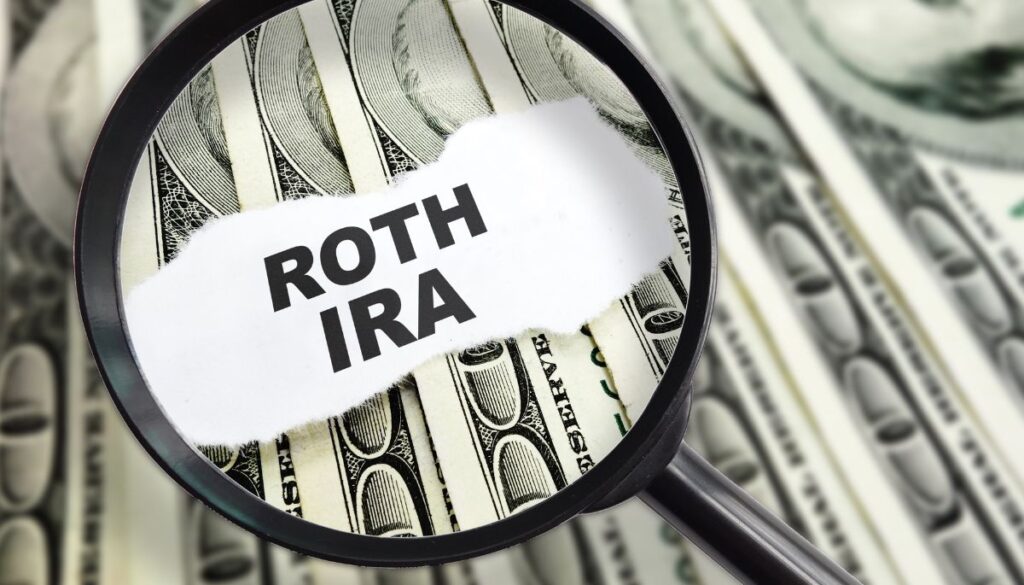Do you want to save tax liability in retirement? Or if you are approaching retirement age, you have valuable time to learn the 6 Best Ways to Reduce Tax Liability in Retirement. However, the more tax you add in retirement, the less money you will have to spend later in life.
Retirement is an important milestone, a time to enjoy the fruits of your labor and fulfill long-awaited aspirations. However, while taxes are an inevitable part of life, there are proactive strategies you can use to reduce your tax liability in retirement.

If you are looking for smart ways to reduce your tax liability in retirement, here are the 6 Best Ways to Reduce Tax Liability in Retirement:
6 Best Ways to Reduce Tax Liability in Retirement
1. Contribute to tax-advantaged retirement accounts
There are a variety of tax deductions and credits available to people looking to reduce tax liability in retirement, including retirement accounts such as traditional IRAs, Roth IRAs, and employer-sponsored plans such as 401(k)s. We already mentioned that contributions to these accounts are tax-deductible, which means you can reduce your taxable income for the year. The money in these accounts grows tax-deferred until you withdraw it in retirement.

Individual Retirement Accounts (IRAs): You may first consider opening an IRA or Roth IRA, as traditional IRAs offer upfront tax deductions while Roth IRAs allow tax-free withdrawals in retirement.
Also Read: Best Rewards Credit Cards Of November 2023
Employer-sponsored plans: This allows you to contribute to your employer’s 401(k) or similar plan. Employer-sponsored contributions are made with pre-tax dollars that reduce your taxable income.
| Feature | Traditional 401(k) | Roth 401(k) |
|---|---|---|
| Contributions | Pre-tax | After-tax |
| Tax deduction | Yes | No |
| Tax treatment of earnings | Tax-deferred until withdrawal | Tax-free |
| Required minimum distributions (RMDs) | Yes, starting at age 72 | No |
| Tax treatment of withdrawals | Taxable as ordinary income | Tax-free if qualified |
| Contribution limits | $22,500 ($30,000 for age 50 or older) | $22,500 ($30,000 for age 50 or older) |
2. Invest in Tax-Free bonds
Retirees have diverse portfolios that may include bonds because they are considered risk-free investments. Municipal bonds are issued by state and local governments, and the interest income from these bonds is generally exempt from federal income taxes. If you go to invest in federal bonds, you may not have to pay state or local taxes on them.

If you buy state or municipal bonds, there is usually no requirement that you pay state or city taxes on the profits. This can be a great way to generate income without paying taxes in retirement.
Also Read: When is the Tax Deadline? Why Most Americans Miss the Deadline
3. Move to a Tax-Friendly State
Do you want to save tax liability in retirement? In such a situation, when we compare some states with others, they are considered more tax-friendly which makes them an attractive and perfect way for retirees. This is primarily because moving to a tax-friendly state can also lower your overall tax burden, especially in retirement. Many states offer favorable tax rates and policies for retirees, making them an ideal place to settle down and enjoy their golden years.

However, there are several things you should also keep in mind when choosing a tax-friendly state for retirement:
Income Tax: If a state offers a low income tax for retirees, this may significantly reduce your overall tax liability.
Property taxes: Property taxes vary from state to state, so consider the property tax rates in your potential retirement location.
Sales Tax: This can impact your living expenses, making it important for you to take a look at the sales tax rates in your potential retirement location.
Estate or inheritance taxes: When you own certain assets, you may want to consider the estate or inheritance tax laws in your potential retirement location.
The states we have included below are famous for low property taxes, as these states do not collect personal income tax:
- Alaska
- Florida
- Nevada
- South dakota
- Texas
- New hampshire
- Tennessee
- Washington
- Wyoming
4. Consider Roth IRA conversions

Roth IRA contributions are not tax-deductible, while withdrawals in retirement are tax-free. If you are reading 6 Best Ways to Reduce Tax Liability in Retirement then this may be of interest to you. If you expect to be in a higher tax bracket in retirement than you are now, you can convert some of your traditional IRA savings to a Roth IRA.
| IRA Contribution Type | Deduction Limit | Phase-out Range |
|---|---|---|
| Traditional IRA | $6,500 | $73,000 – $83,000 for individuals; $116,000 – $136,000 for couples |
| Roth IRA | $6,500 | $138,000 – $153,000 for individuals; $218,000 – $228,000 for couples |
5. Delay Withdrawals From Your Retirement Accounts
With this method, the longer you can leave your money invested, the more it will grow, and the more it grows, the less you will have to put down when you start withdrawing it.
Also Read: The 10 Hottest Startups in the US: Where to Work in 2023
6. Work Part-Time in Retirement
If you are healthy and have a work habit, you can work part-time in retirement. This work will increase your income and this work can also help you in staying active and busy. However, you need to be careful not to earn too much income, otherwise you could end up paying taxes on your Social Security benefits.

This is because the Social Security Administration (SSA) begins taxing your Social Security benefits if your total income exceeds a certain amount. This is the amount you can earn without your gains being taxed, which increases each year.
Bottom Line
Thanks for learning about the 6 Best Ways to Reduce Tax Liability in Retirement. Similarly, there are many ways to reduce tax liability in retirement, although many of these can benefit you greatly. Taking small distributions from retirement accounts during your 60s can be a smart way to reduce your tax liability and maximize the value of savings.
Also Read: Top 5 Best Personal Finance Apps in USA
However, moving to a tax-friendly state can also be financially beneficial as far as retirement is concerned. You can spread your tax liability over more years in retirement and schedule your withdrawals for lower-income years, reducing your overall burden.

